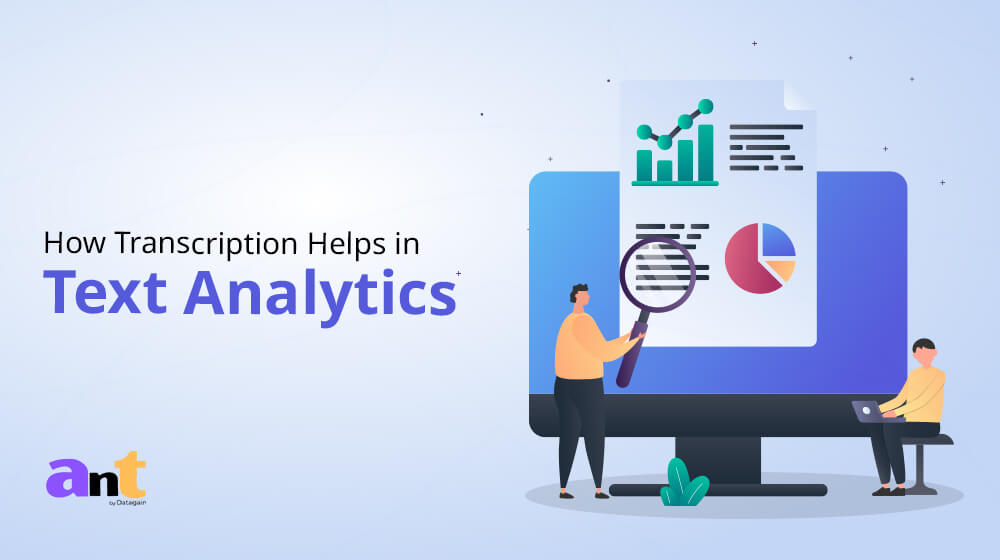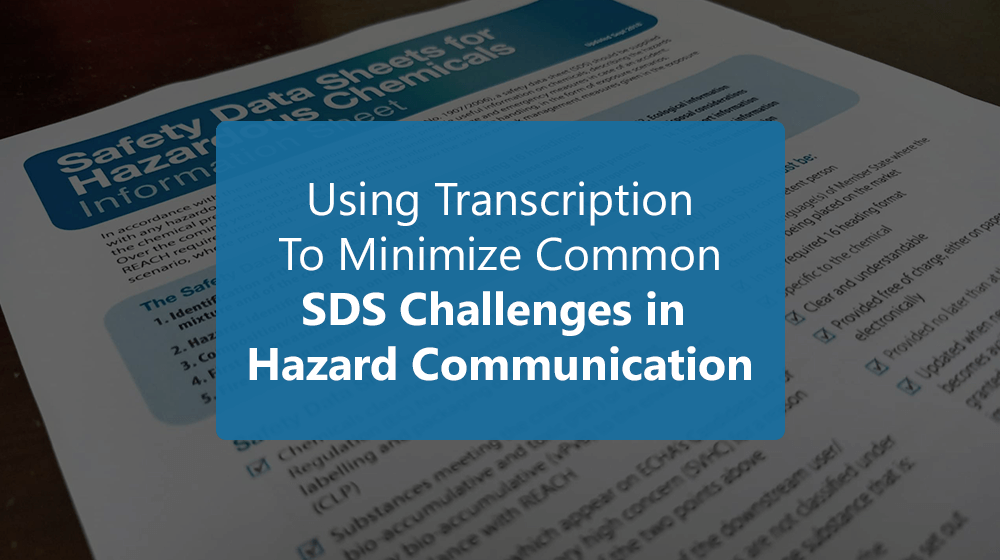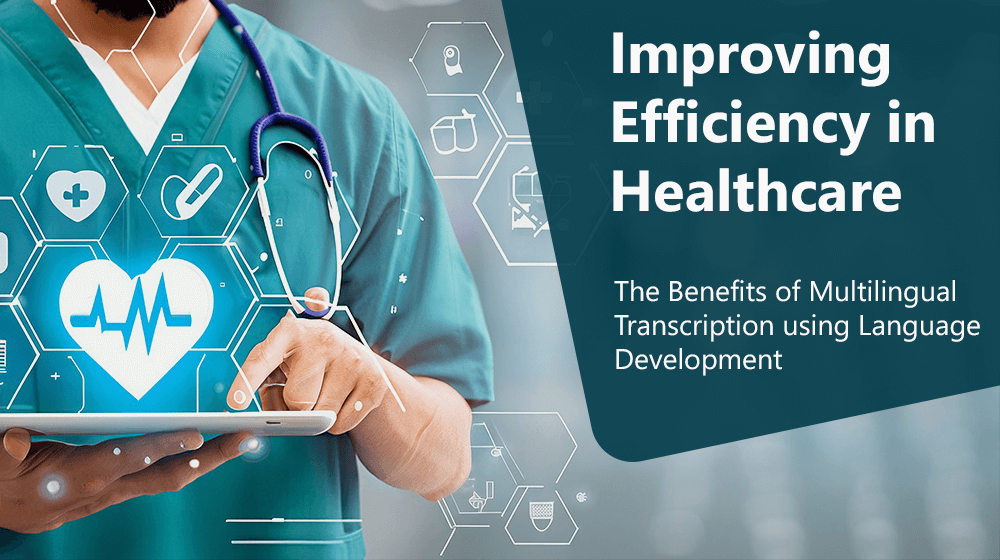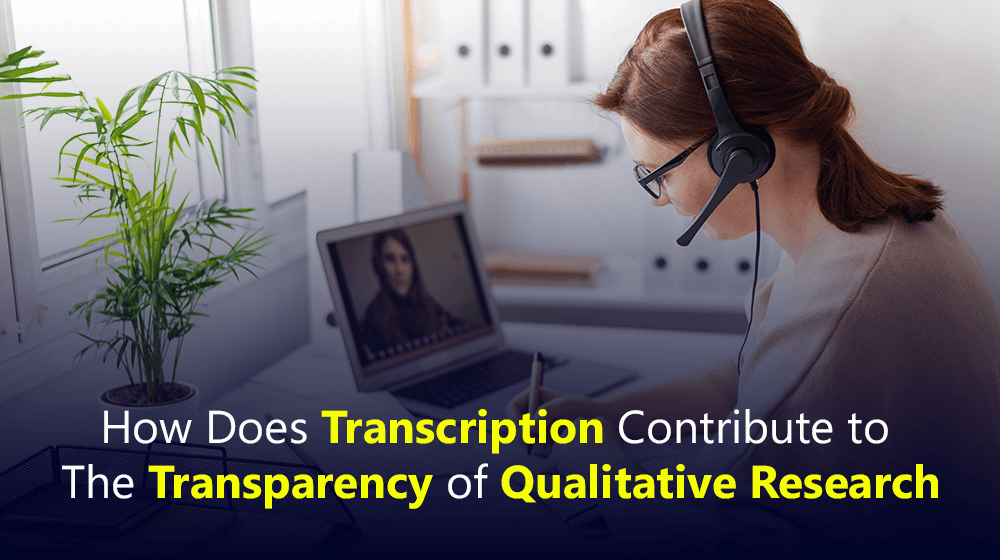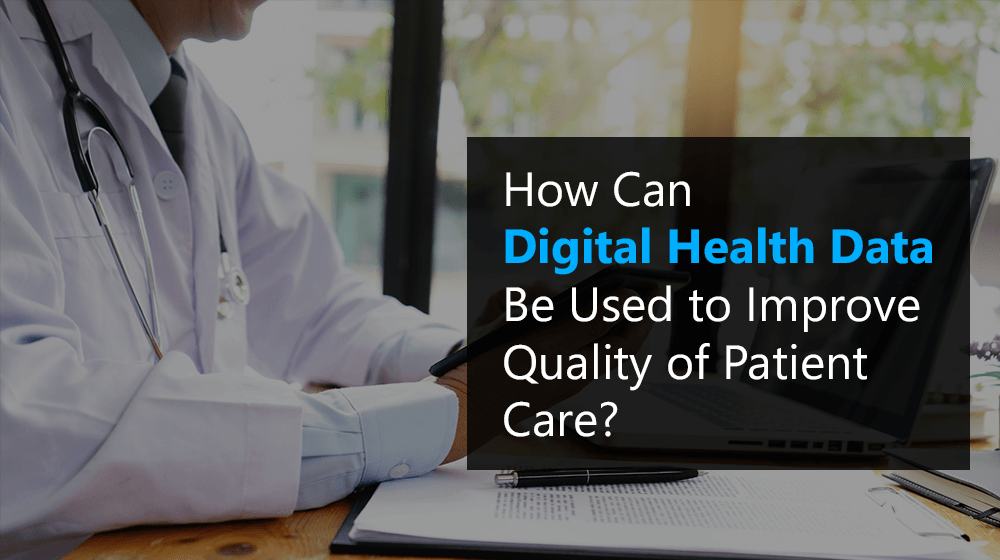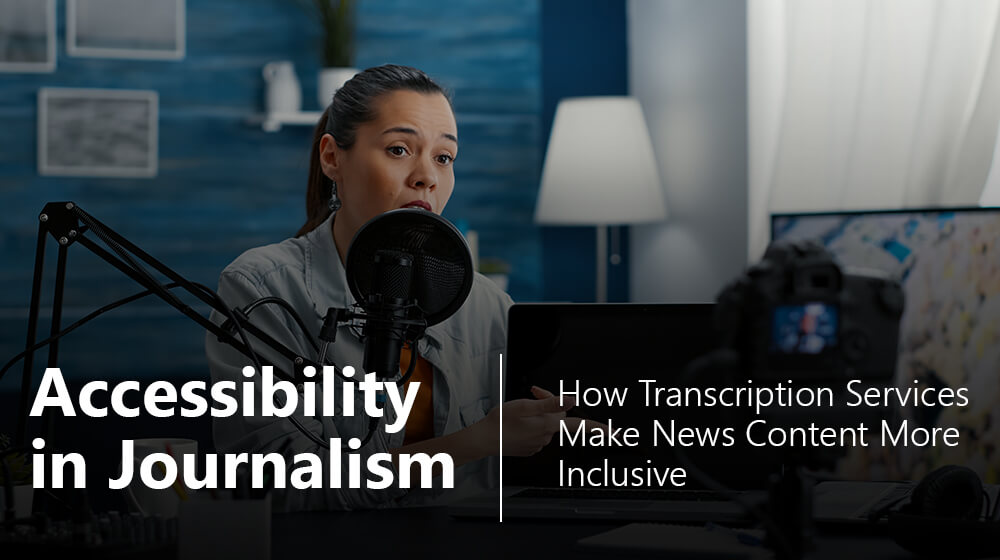Introduction
Organizations across sectors are grappling with vast amounts of unstructured textual data generated through sources like social media, customer feedback, and research publications. Extracting actionable insights from this data is crucial for informed decision-making and maintaining a competitive edge. Transcription converts spoken language into written text, enabling the analysis of audio and video content. Text analytics involves sophisticated techniques for processing and analyzing textual data to extract valuable information.
This guide explores how transcription aids text analytics and the impact this combination has on various applications.
What is Text Analytics?
Key Techniques in Text Analytics
1. Tokenization: Breaking down text into individual words or phrases, known as tokens, to prepare text for further analysis. This is fundamental in understanding what is text analytics.
2. Stemming and Lemmatization: Reducing words to their base or root form. Stemming cuts words down to their stem (e.g., “running” to “run”), while lemmatization considers the context and converts words to their dictionary form (e.g., “better” to “good”). These techniques are crucial for text analytics.
3. Name Entity Recognition (NER): Identifying and categorizing entities within text, such as names of people, organizations, locations, dates, and more. This is a key part of what is text analytics.
4. Sentiment Analysis: Determining the emotional tone of the text, widely used in analyzing customer reviews, social media posts, and other feedback to gauge public sentiment. This technique is essential in understanding what text analytics is.
5. Keyword Extraction: Identifying the most relevant words and phrases in a text to quickly summarize and understand the main topics within large volumes of data. This is fundamental in what is text analytics.
6. Topic Modeling: Identifying hidden themes or topics within a collection of documents to understand the underlying structure of text data and organize it into meaningful categories. This is a significant aspect of what is text analytics.
7. Text Classification: Categorizing text into predefined classes or labels using machine learning algorithms. This is an important part of what is text analytics.
8. Text Clustering: Grouping similar texts together based on their content to identify natural groupings within text data. This is crucial in what is text analytics.
9. Entity Recognition and Relationship Extraction: Identifying named entities and determining the relationships between them to build knowledge graphs and enhance search engines. This is a key aspect of what is text analytics.
What is Transcription?
Transcription is the process of converting spoken language into written text. This can include converting audio recordings of interviews, meetings, lectures, podcasts, and other forms of spoken communication into text format. Transcription can be done manually by human transcribers or automatically using speech recognition software. The accuracy of transcription depends on various factors, including the quality of the audio, the clarity of speech, background noise, and the proficiency of the transcriber or the capabilities of the transcription software.
Types of Transcription
1. Verbatim Transcription: Capturing every word and sound exactly as spoken, including filler words, pauses, and non-verbal sounds. This is vital for accurate text analytics.
2. Clean Read Transcription: Removing filler words and correcting grammatical errors to produce a more readable text. This aids in what is text analytics.
3. Intelligent Verbatim Transcription: Editing the transcript to remove unnecessary repetitions and irrelevant content while retaining the essence of the conversation. This enhances what is text analytics.
How Transcription Helps in Text Analytics
Transcription plays a vital role in text analytics by converting audio and video content into written text, making it accessible for text analysis. Here are several ways transcription aids in text analytics:
1. Enabling Text Analysis of Audio and Video Content
What is text analytics if not the ability to analyze vast amounts of content? Audio and video content contain a wealth of information that can be invaluable for text analytics. However, analyzing this content directly is challenging due to its unstructured nature. Transcription converts spoken language into text, enabling text analytics techniques to be applied. For instance, businesses can transcribe customer service calls, focus group discussions, and interviews to analyze customer feedback, identify trends, and improve products and services. This is central to what is text analytics.
2. Enhancing Data Accessibility and Usability
Transcription makes audio and video content more accessible and usable for text analytics. Written transcripts can be easily searched, indexed, and processed by text analytics tools. This accessibility is particularly useful for researchers, businesses, and organizations that need to analyze large volumes of audio or video data. For example, academic researchers can transcribe interviews and lectures to analyze patterns and themes in their studies. This exemplifies what is text analytics.
3. Improving Accuracy and Consistency
Manual transcription by skilled transcribers ensures high accuracy and consistency in the conversion of spoken language to text. Accurate transcripts are crucial for reliable text analytics results. Inaccurate or inconsistent transcription can lead to incorrect analysis and misleading insights. Automated transcription tools, although improving, may still require human review and correction to ensure accuracy. This highlights the importance of what is text analytics.
4. Facilitating Multilingual Text Analysis
Transcription can support multilingual text analysis by converting spoken content in various languages into text. This is particularly useful for global businesses and organizations that operate in multiple regions and need to analyze text data in different languages. Transcription enables the translation and analysis of multilingual audio and video content, providing valuable insights across different linguistic and cultural contexts. This is a key aspect of what is text analytics.
5. Supporting Sentiment Analysis
Sentiment analysis is a key aspect of text analytics that determines the emotional tone of text data. Transcribing spoken content into text allows sentiment analysis techniques to be applied to audio and video content. For example, businesses can transcribe customer service calls and use sentiment analysis to gauge customer satisfaction and identify areas for improvement. This is fundamental in what is text analytics.
6. Enabling Keyword Extraction and Topic Modeling
Transcription enables keyword extraction and topic modeling by converting spoken language into text. Keyword extraction identifies the most relevant words and phrases in a text, while topic modeling identifies hidden themes or topics within a collection of documents. These techniques can be applied to transcribed content to quickly summarize and understand the main topics within large volumes of audio and video data. This is central to what is text analytics.
7. Facilitating Text Classification and Clustering
Text classification and clustering techniques can be applied to transcribed content to categorize and group similar texts. For instance, businesses can classify transcribed customer service calls into categories such as complaints, inquiries, and feedback. Text clustering can group similar transcribed content together, helping to identify natural groupings and patterns within the data. This is crucial in what is text analytics.
8. Enhancing Named Entity Recognition (NER) and Relationship Extraction
Transcription supports named entity recognition (NER) and relationship extraction by converting spoken content into text. NER identifies and categorizes entities within text, such as names of people, organizations, locations, dates, and more. Relationship extraction determines the relationships between these entities. Transcribed content can be analyzed using NER and relationship extraction techniques to build knowledge graphs and enhance search engines. This is a key aspect of what is text analytics.
Applications of Transcription in Text Analytics
1. Customer Feedback Analysis
Businesses can transcribe customer service calls, focus group discussions, and online reviews to analyze customer feedback. Text analytics techniques such as sentiment analysis, keyword extraction, and topic modeling can be applied to transcribed content to identify trends, gauge customer satisfaction, and improve products and services. This is a practical application of what is text analytics.
2. Academic Research
Academic Researchers can transcribe interviews, lectures, and focus group discussions to analyze patterns and themes in their studies. Transcription enables researchers to apply text analytics techniques to spoken content, providing valuable insights into their research topics. This is crucial in understanding text analytics.
3. Market Research
Market researchers can transcribe focus group discussions, interviews, and surveys to analyze market trends and consumer behavior. Text analytics techniques can be applied to transcribed content to identify key insights and inform marketing strategies. This exemplifies what is text analytics.
4. Legal Proceedings
In legal proceedings, transcription is used to convert court hearings, depositions, and interviews into written text. Text analytics techniques can be applied to transcribed content to analyze legal documents, identify key information, and support legal decision-making. This is an important application of what is text analytics.
5. Media and Entertainment
The media and entertainment industry can transcribe interviews, podcasts, and video content to analyze audience engagement and preferences. Text analytics techniques can be applied to transcribed content to identify trends and inform content creation strategies. This is a practical example of what is text analytics.
6. Healthcare
In the healthcare industry, transcription is used to convert medical dictations, patient interviews, and consultations into written text. Text analytics techniques can be applied to transcribed content to analyze medical records, identify patterns, and support clinical decision-making. This highlights the importance of what is text analytics.
Conclusion
Transcription plays a crucial role in text analytics by converting spoken language into written text, making it accessible for text analysis. Through transcription, audio and video content can be analyzed using various text analytics techniques, including tokenization, stemming, lemmatization, named entity recognition, sentiment analysis, keyword extraction, topic modeling, text classification, text clustering, and entity recognition and relationship extraction. This enables businesses, researchers, and organizations to unlock valuable insights from their data, driving innovation and achieving greater efficiency in their respective fields. Ant DataGain provides transcription services designed for optimal text analytics, delivering consistent, accurate, and reliable results.
As technology continues to evolve, the capabilities and applications of text analytics will expand, offering even more opportunities for growth and discovery. By leveraging transcription and text analytics, we can harness the full potential of textual data, transforming it into actionable insights and informed decision-making. Understanding text analytics is crucial for anyone looking to leverage the power of textual data in their respective fields.

